Nikko Dizon, VERA Files
Posted at Apr 02 2019 11:13 PM (First of two parts)
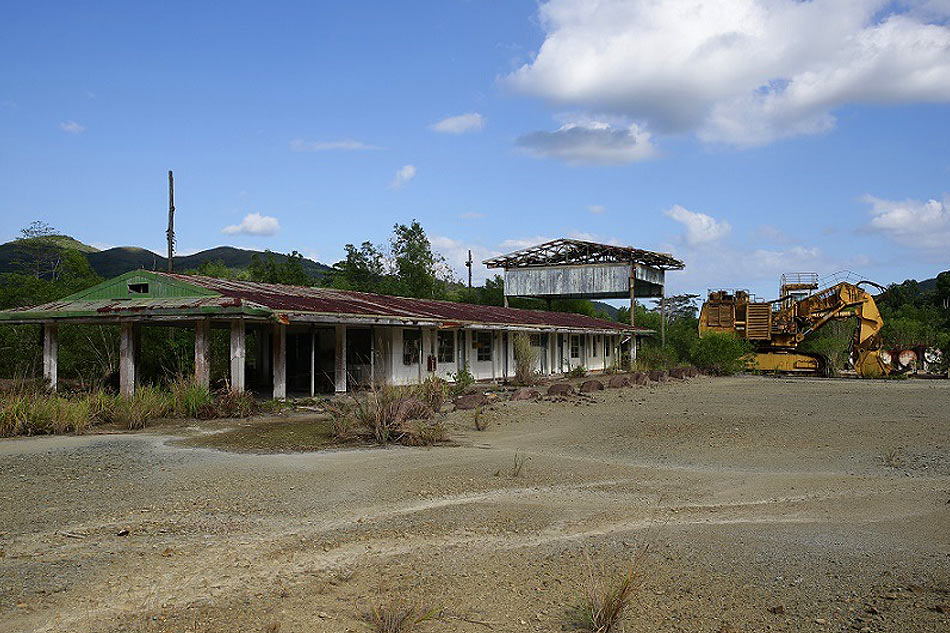
BOAC, Marinduque—The people of this island province have endured the brunt of the worst mining disaster in the country, but the bigger heartbreak in their two-decade-long quest for justice might just be the wait for redress that is not sure to come.
There’s nothing more tragic than to hear stories repeatedly told, but nothing done. It’s been 23 years since March 24, 1996, when a badly- sealed drainage tunnel in Marcopper Mining Corporation’s Taipan pit burst, spilling 1.6 million cubic meters of toxic mine tailings that choked Boac River, flooded villages and killed marine life.
One village, Barangay Hinapulan, was buried in six feet of muddy floodwater, displacing 400 families. Cows, pigs and sheep including pets were poisoned and died. Crops were destroyed. Boac River, a source of sustenance for surrounding communities, was declared unsafe.
Three years before that, the company’s Maguila-guila siltation dam also burst, flooding the town of Mogpog, where two children drowned in the mine waste.
Soon after the mining disaster, the United States Geological Survey said in a study that the Makulapnit and Maguila-guila siltation dams were in danger of collapsing.
In 2001, Canadian research firm Klohn Crippen – hired by Marcopper’s Canadian mother company Placer Dome Inc. as consultant – issued a similar warning.
“They are a clear and present danger to us,” said Joven Lilles of the dams. Lilles is the provincial government’s environmental management specialist and is part of the province’s disaster management council.
Catherine Coumans, research and Asia-Pacific program coordinator of MiningWatch Canada told Vera Files in an email that a lot of mine waste remains at the mine site. Marcopper started operations on Marinduque in 1969.
“The acute danger is being swept away by the waste and drowning in it,” said Coumans, who had lived on the island for two years before the 1996 mine spill.
“The longer-term harm is from the toxicity of the waste,” Coumans said of the highly acidic and metal-laden tailings. “It is extremely environmentally toxic and can destroy productive ecosystems that people rely on.”
The last known inspection of the Marcopper property was done on January 23, 2017 by the office of Marinduque Representative Lord Allan Jay Velasco, together with engineers and geologists of the Department of Environment and Natural Resources and Mines and Geosciences Bureau’s regional office.
The team discovered a leak in the Upper Makulapnit Dam and heavy siltation in the Maguila-guila spillway tunnel. That prompted Velasco to ask the MGB to regularly inspect structures within the Marcopper site, a task that’s not easy because the area is off-limits. But the MGB and provincial officials, managed to find ways to get information.
The Velasco briefing paper listed among MGB’s concerns:
- “possible seepage” from the Tapian Pit observed at the Lower Makulapnit Dam.
- monitored seepage in Hinapulan Creek from the plug installed after the 1996 mine spill. “The bright blue discoloration can be attributed to the presence of heavy metal, particularly copper, in the water.”
- The Makulapnit Bypass Tunnel was described as a “problematic MMC structure.” Fresh water was leaking from a busted pipe and a build-up of water inside the tunnel “might lead to an eventual flooding of downstream communities along Boac River.”
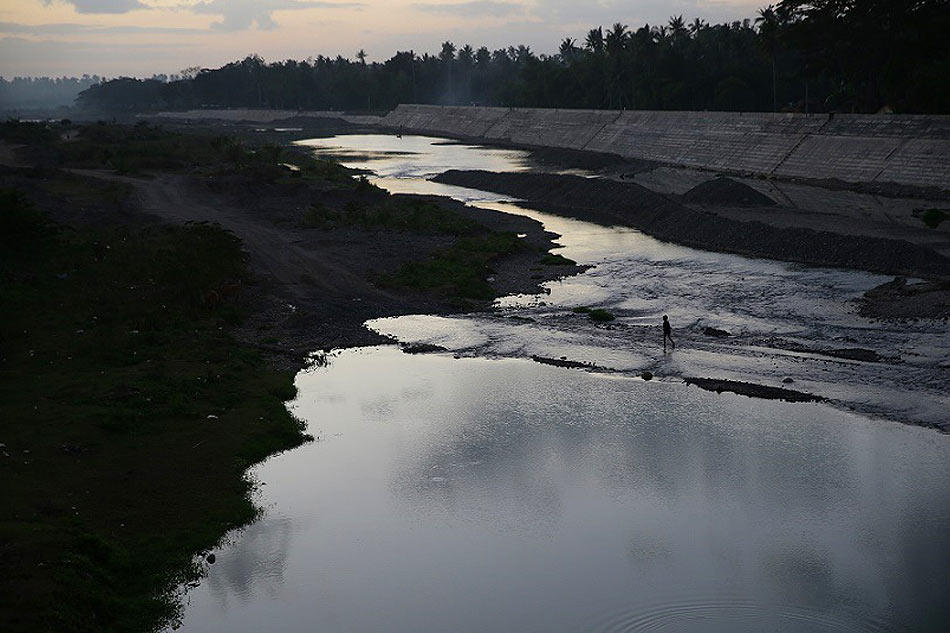
But what “needs the most immediate attention,” the MGB team said, is the Maguila-guila siltation dam as also pointed out by the USGS and KhlonCrippen reports 20 years ago.
“Since the water flowing through the spillway has no viable exit point due to the siltation clog, there is a possibility that the water pressure will build up and force its way out through the existing structures, causing damage to the latter,” the briefing paper said.
After its last visit to the MMC premises, the MGB team found out water has decreased to ground level. “However, there is still an increased amount of siltation inside the facility which may clog the hole of the down-drain tunnel,” the briefing paper added.
In 1990, residents of Mogpog town, comprised of 13 villages, had opposed the building of the Maguila-guila dam, but Marcopper was allowed to construct it the next year. The dam was needed as another repository for the San Antonio pit’s waste which the Tapian pit would not be able to hold.
Marcopper denied responsibility when the Maguila-guila dam burst in 1993. Mining officials blamed an unusual rainfall brought by a typhoon. But the Velasco paper noted that when the dam was rebuilt, “an overflow was added for the first time, in an implicit acknowledgment of faulty engineering.”
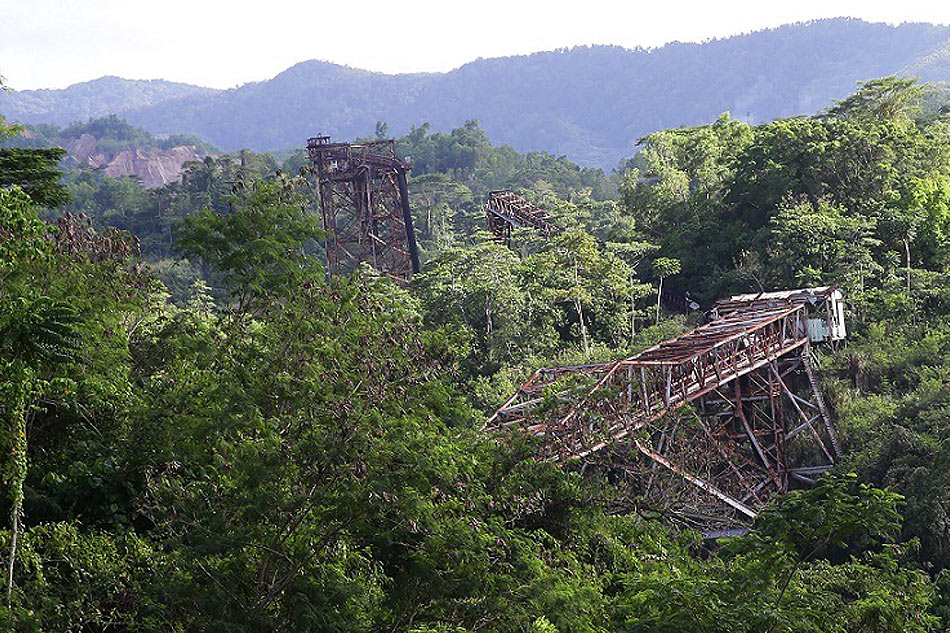
Repairing dams, tricky ownership issues
MGB’s regional director Roland de Jesus said his office plans to secure the dams and waterways near the mining site. However, the safety features, estimated to cost some P25 million, will be built outside the Marcopper property because “legalities” prevent even government officials from entering the site.
De Jesus said P5 million has been earmarked for the safety measures’ design. With no project bidder, the MGB initiated a negotiated one “to start the ball rolling.”
“There’s a continuous monitoring being done in the area. There’s sufficient time to install the prevention design,” De Jesus said.
But who is really responsible for the dams’ repair?
“This question is critically important,” Coumans said.
It leads to the complicated and tricky ownership of the Marcopper mining site, the structures inside it, and everything left behind by MMC and Placer Dome, Inc., and Placer Dome Technical Services Inc., a subsidiary set up by Placer Dome in 1997 to clean up the mine spill.
Placer Dome, Inc. owned 40 percent of Marcopper shares but divested from it a year after the mine spill. Five years later, it closed its Philippine office. In 2006, the Toronto-based Barrick Gold Corporation, the world’s largest gold mining company, acquired Placer Dome, Inc.’s remaining common shares.
Coumans said Placer Dome divested to F Holdings, known as the Bernardino Group, “through its wholly-owned Cayman Islands subsidiary—MR Holdings.”
The Supreme Court, in a 2012 ruling, described MR Holdings, Ltd. as “a non-resident foreign corporation, organized and existing under the laws of Cayman Island.”
“It is a subsidiary corporation of Placer Dome, Inc. (Placer Dome), a foreign corporation which owns 40% of respondent Marcopper Mining Corporation,” it said.
Coumans said she would have been unaware that MR Holdings was exercising ownership over the Marcopper property “if not for the lawsuit by the Solid Bank to recover money it had lent Marcopper before the Boac Spill.”
She said MR Holdings, possibly still the legal owner of assets and mineral rights at the site, has not maintained the area and neither has F Holdings.
“Unless Marinduqueños find a way to hold MR Holdings’ parent company, now presumably Barrick Gold, to account, the state will likely have to step in to maintain the mine structures in order to protect Marinduqueños,” she added.
Ghost town
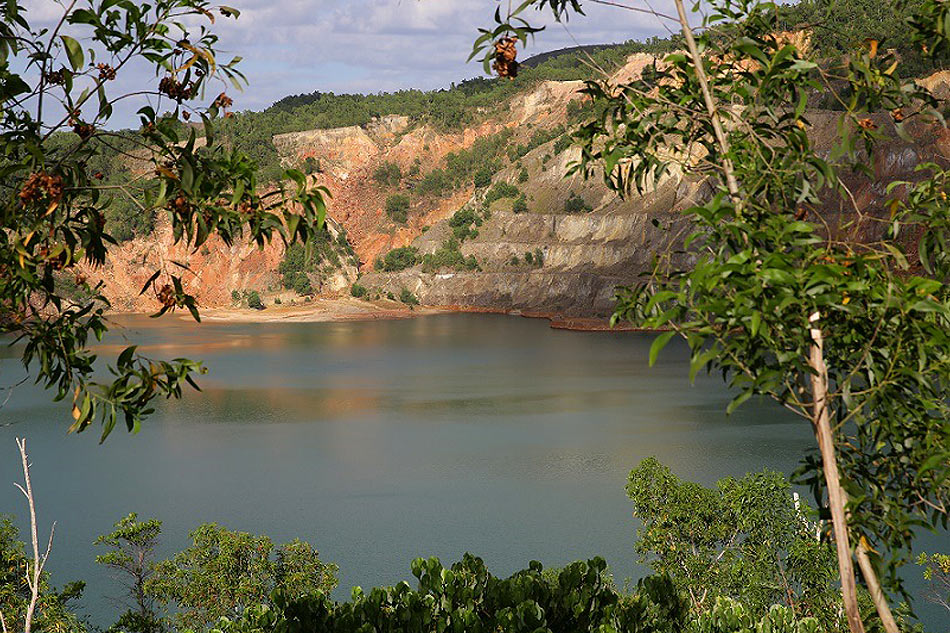
More often than not, it is difficult to enter Marcopper’s abandoned mine site. Provincial officers like Lilles had been denied entry several times. Even then Environment Secretary Gina Lopez was said to not have been allowed to inspect the area.
But there was no guard in sight when Vera Files went there one afternoon in February. The guide surmised the guards may have skipped work that day.
The area looked like a ghost town. The power lines had collapsed, the wires a tangled mess on the ground. The doors of a warehouse, a backhoe, a couple of vehicles, even the crushing machinery were decaying and rusty. “MR Holdings” was painted on the primary crusher.
In its heyday, the Marcopper site was like a “city within the forest” with first class apartments and amenities, including a golf course, the guide said. No trace of that upscale community remains.
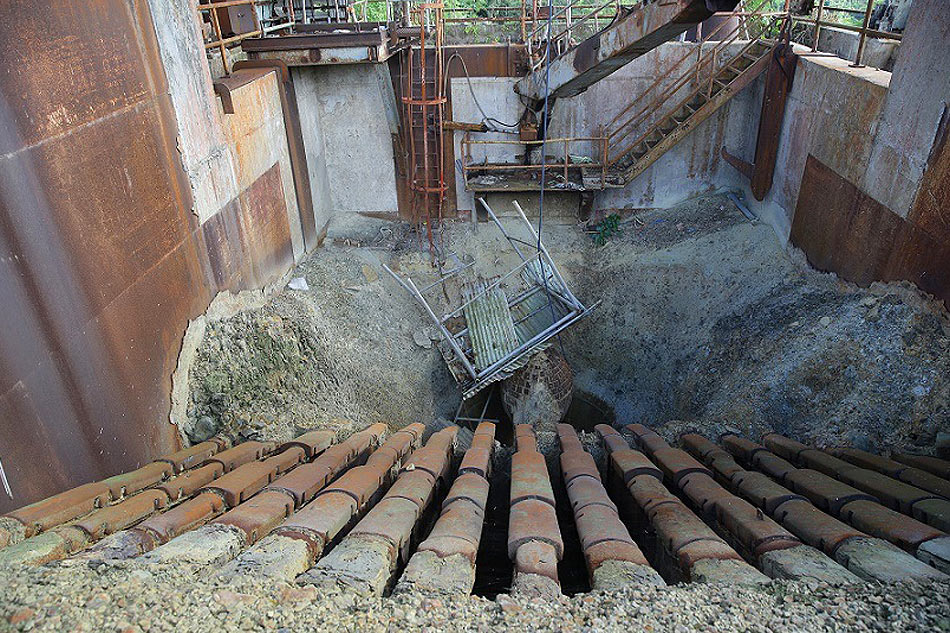
From a hill, Tapian and San Antonio pits looked like serene lakes surrounded by lush trees.
But Coumans cautioned that the bluish green water is highly toxic. “The pit water will be acidic and the strange color in the shallower areas is metal leaching, likely copper sulphate,” she said.
Heavily silted with mine tailings, Boac and Mogpog rivers are both considered biologically dead. Lilles said no carabao drinks water from Mogpog river because of its high acidity. Even the coconut trees along Mogpog river have been slowly poisoned, dying one by one.
Boac river is less acidic because of the mix of “mineral and criminal water” that it gets from two different tributaries.
“The mineral, or clean, water comes from its upper tributaries in the villages of Canat, Bayote, and Tambunan. The criminal water is from Upper Hinapulan and Makulapnit, and the Bol river, all of which have been contaminated by the mine tailings,” Lilles said.
(With contributions by Nancy Carvajal. To be continued.)
(This story is produced by VERA Files under a project supported by the Internews’ Earth Journalism Network, which aims to empower journalists from developing countries to cover the environment more effectively. VERA Files is published by veteran Filipino journalists taking a deeper look into current Philippine issues. Vera is Latin for “true.”)
Originally published by ABS-CBN News.